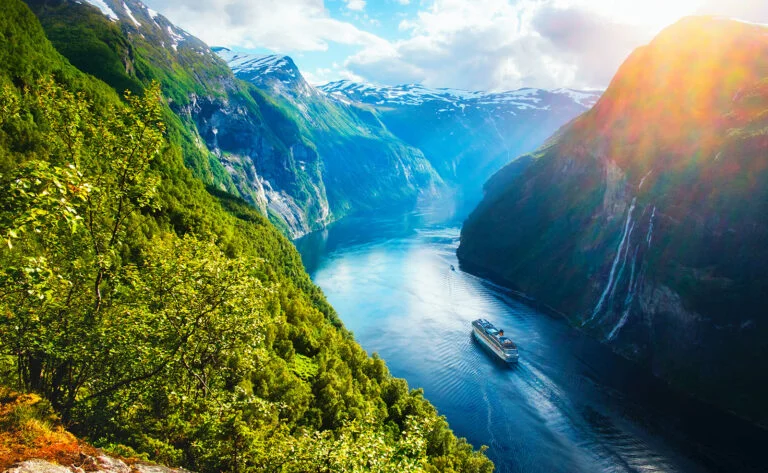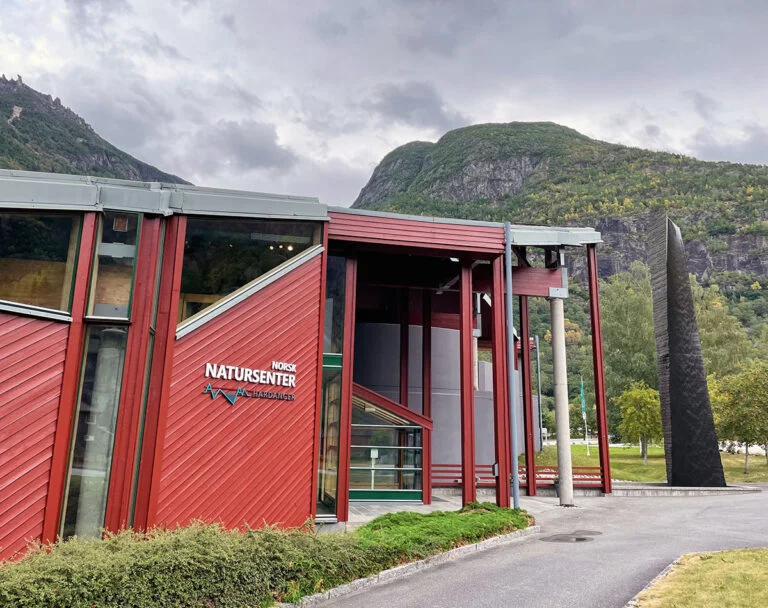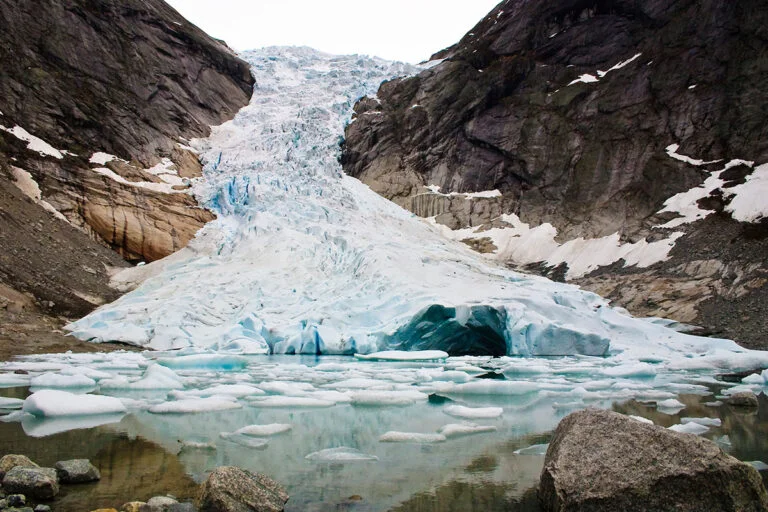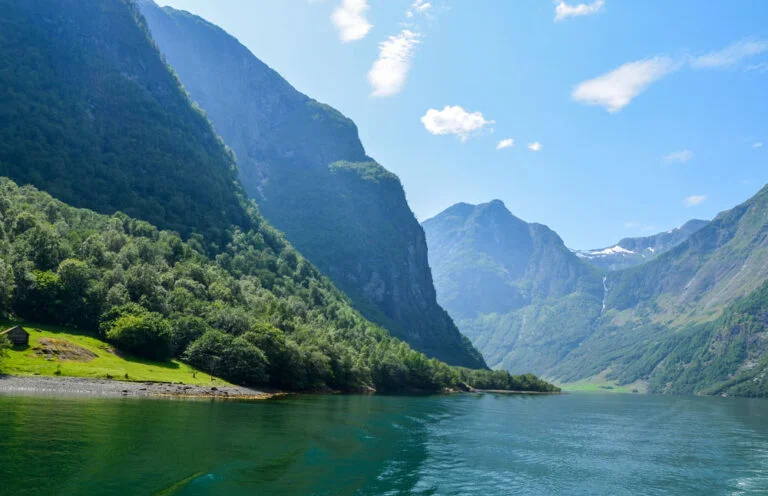The Norwegian fjords are a natural wonder. Learn about the fascinating natural process that took many thousands of years to create them.
Norway's spectacular fjords draw tourists to the country in great numbers. But how many visitors understand the incredible natural process that formed these epic waterways?

Some people know that the Norwegian fjords were formed by glaciers, but do you know the detail of the process? I wanted to find out more, so I took the opportunity to do just that while on a summer road trip earlier this year.
Learning at the Norwegian Nature Centre
On my recent trip to Eidfjord, I stopped by the Norwegian Nature Centre Hardanger. It's known as the visitor centre for Hardangervidda National Park, but it also serves as a visitor centre for Norwegian nature in general.
Three floors of exhibition space profile nature, climate and the environment of the Fjord Norway region, from the deepest fjords to the highest mountains.

It was here I learned much more information about how glaciers formed the famous Norwegian fjords. The process took tens or even hundreds of thousands of years.
Glaciers and the Ice Age
We talk about the ‘Ice Age' but in actual fact, there's been up to 50 ice ages over the last 2.6 million years. The last one ended approximately 11,700 years ago. Several times during these ice ages, huge sheets of ice covered both Norway and the surrounding seas.
A glacier is created when ice crystals are packed tightly together as layers upon layers of snow build up. When the ice stays in place for more than a few years, it is called a glacier.
Such is the size and weight of a glacier, gravity causes it to move once it becomes more than 25 metres thick.

Not all of Norway's glaciers melted away completely at the end of the last Ice Age. Most of the remaining ones can be found in mountainous areas in close proximity to the innermost arms of the fjords. There's a good reason for that!
How glaciers shape the fjords
The ice of a glacier carries along stones and gravel, which gradually erode the bedrock. Over thousands of years, this creates narrow U-shaped valleys.
When the glaciers melted at the end of the last ice age, the sea level rose considerably. This caused the valleys to fill with water and become the fjords we know today.
Victoria from the Norwegian Nature Centre Hardanger joined me on episode 55 of the Life in Norway Show. We chatted about life in the Norwegian fjords, but also a little about the unique physical characteristics of the fjords.

“The fjord is basically the melted glacier that has filled the channel scraped out of the mountains by the glacier. The mountains actually go way deeper down than you can see today because they go all the way below the water surface,” she said.
You may also have heard that fjords are much deeper farther inland. The formation process is responsible for this characteristic too.
The debris pushed down the valley by the glacier is left underwater at the ocean entrance of the fjord. This makes the water much shallower there than in the main body of the fjord.
The seabed at the entrance to the Sognefjord is said to be covered by as much as 200 metres of sediments.
So, that's what we know about how fjords are formed. Do you have any other questions? Let us know!



I have notices that most glaciers in America and New Zeeland for a relative straight valley. Why to the Norwegian Fjords twist and turn so much? Hardanger and Sognafjord are fine examples of this.